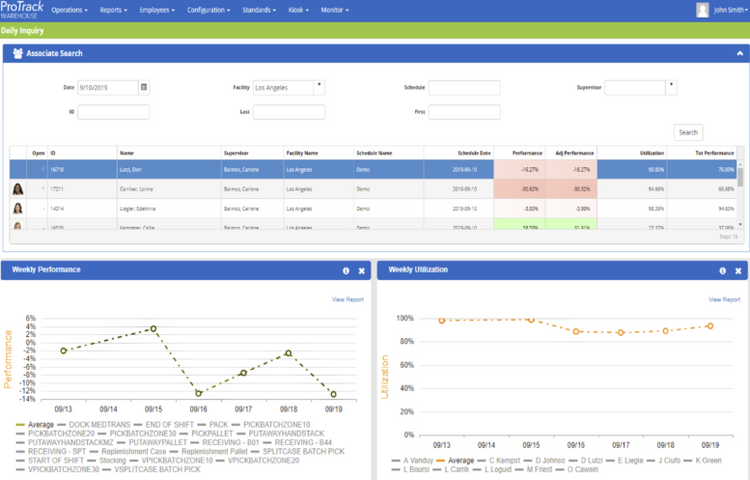The Best Labor Management Systems
Get the best software for your business. Compare product reviews, pricing below.
What are Labor Management Systems?
Labor management systems help warehouse managers increase productivity and efficiency by measuring, managing, and planning labor. Commonly found in the world of supply chain and distribution, the systems take employee data and report productivity levels on a specific employee or a group of employees. By gaining visibility into where your workforce dollars are being spent, your business can help improve workforce productivity.
A labor management system manages the human resources involved within a distribution center and warehousing operation–particularly within a supply chain execution process. This application can also be found within warehouse management systems.
A labor management software can define a specific productivity level for each process or type of work. This performance standard can be found by time and motion studies conducted by engineers. The solution can also use the data correlation to find the current level of productivity for all processes, and set goals above these benchmarks. This can be accomplished by today’s labor management systems at a much faster rate than individual engineers.
Traditionally labor management systems report on what has happened in the past in order to improve for the future. Today, this data can project and forecast into the future your labor needs, your execution completion times–helping you move from a single store provider to omnichannel providers–helping you buy from any source such as mail, online, phone, or in-store.
A labor management system helps drive the need for piece picking (also known as “each picking”), which is an order picking process in which the individual items of an order are picked and then placed in a container or carton before shipping them to the customers. Piece picking operations are carried out in warehouses where large quantities of goods are stored before their export or sale–helping to save on operating expenses involved with the order picking process.
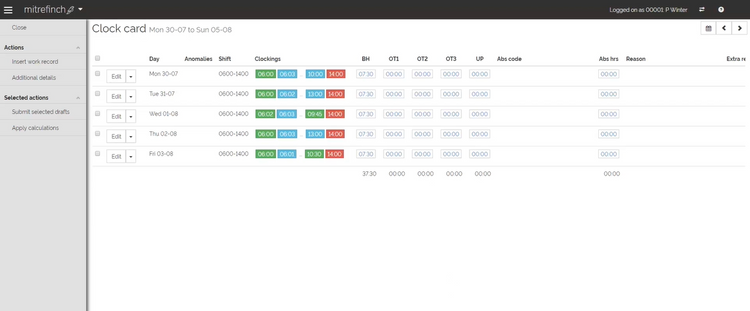
Features of Labor Management Systems
- Cost-to-Serve Analytics: Calculate the profitability of a customer account based on business activities and overhead costs incurred to the service of that customer. Analyze how your costs are consumed throughout the supply chain.
- Labor Forecasting: Anticipate how many staffing hours you will require for current and expected orders. Forecast work as dictated by sales, and track historical performance to establish performance targets.
- Labor Productivity Metrics: Track labor productivity to measure, retain, and allocate employees into their most highly utilized areas to eliminate wasted time and keep them working on high-value tasks.
- Operational Costing: Determine labor costs needed based on pay rates and number of employees required for specific jobs. This is a combination of job costing and process costing which allocates costs collected for each process or stage of manufacturing production or distribution.
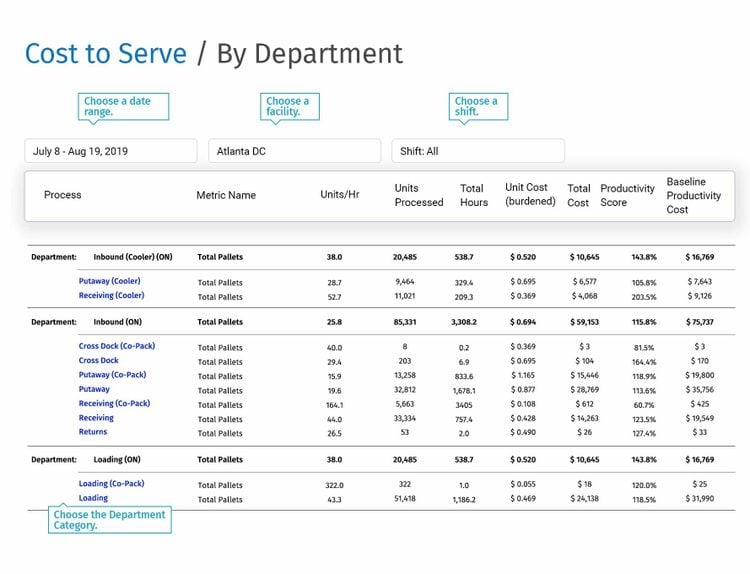
Benefits of Labor Management Systems
The top benefits of labor management systems include:
Turn Delivery Sites Into Deconsolidation Zones
With improved order picking methods (such as each picking), delivered and pallets can be delivered directly to a store, where the packages will be deconsolidated and sold to a consumer. This saves time from unloading a pallet at your warehouse to separate items and then deal with shipping to the customer.
A warehouse will benefit from implementing this type of picking and delivery system through improved labor efficiency via a higher pick rate. In piece picking operations, the pick rate is generally measured by the number of items picked per hour. Efficient picking routes can help reduce travel time as well as time spent unpacking pallets at your warehouse. Combined with batch picking, where pickers are grabbing multiple orders at the same time, you’ll be able to reduce the number of trips to and from your own warehouse and the destination–reducing labor costs through fewer trips.
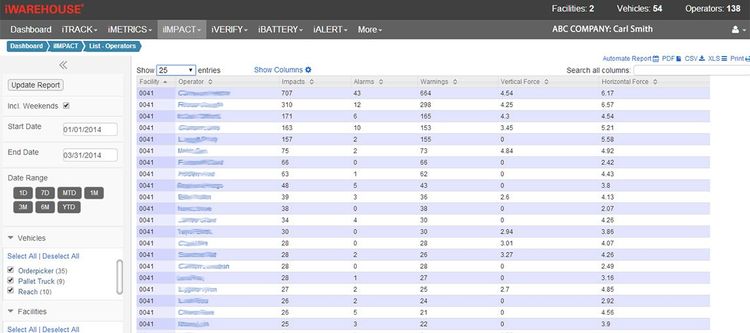
Improve Employee Morale
When the philosophy of labor management was first introduced into warehouses, many workers saw it as a negative. They felt like it was a system being put into place that demanded their full potential at any given moment–and basically was a way to maximize production out of a worker at the expense of their well-being. But labor management has proven itself as a way to get the best out of both workers and management and ensure everyone can succeed and grow within a company.
Labor management systems drive employee engagement and performance–which is an invaluable asset in a distribution center where employees can make up the single largest cost. From an employee standpoint, being able to work closely with supervisors regarding issues in their performance will ensure they can continue to perform well and avoid setbacks in the future.
Employees will also be able to know what they are walking into each day, as well as know what is expected of them and when their day will (or should) end. This can help increase morale. There are also pay-for-performance incentives that can be implemented in a company, that gives employees the ability to work hard enough to earn bonuses and meet certain criteria for advancement in the company.
Dashboards and alerts allow warehouse activities to be tracked–allowing supervisors the ability to mentor their teams and monitor how operations are running. Integrated workforce scheduling allows you to forecast your workforce requirements long-term, by looking at both historical data and work content. This helps itemize your schedule into weekly, daily, and hourly segments that can meet any demand that may come about.
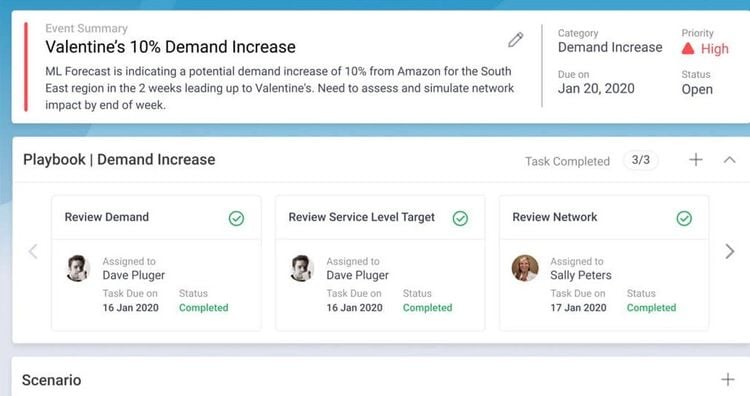
Manage New Labor Technology Such As Robots
Along with the threat of high employee turnover and training costs, companies have started to turn towards automation technology such as robotics. The use of robotics itself may lead to more predictable end results in your manufacturing and/or distribution processes. But does this negate the need for labor management?
The robot industry itself generates 170,000–190,000 jobs worldwide, to which can be added the support staff and operators. In some cases, this creates an increase in production and a related decrease in unit price. This also creates a need for downstream jobs to get the product to the consumer. This releases employees for other, often new jobs outside manufacturing.
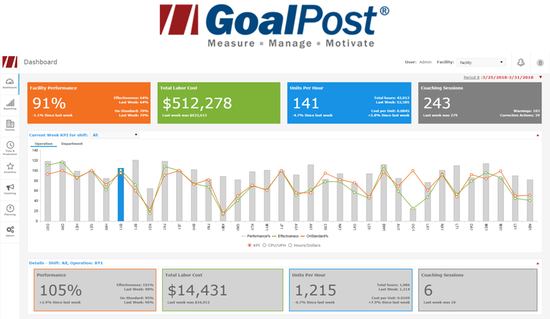
Get Up And Running Quick With A Cloud Deployment
The time to value ratio with using the cloud gives you a mechanism to implement the tool faster–providing you savings over an on-premise implementation. When it comes to scalability, cloud software can make more sense. In the retail and distribution industries, the holiday season means your workforce may be doubled in order to keep up with demand. An on-premise solution requires a large upfront license fee based on your peak number of users. As you scale back users throughout the year, a SaaS option allows you to reduce the cost to the number of users currently using the solution.
By deploying in the cloud, you also reduce the number of IT resources necessary in order to get your solution up and running. This means you can buy what is needed and adjust when things change. This will prevent you from spending capital upfront just to buy the capacity that you may not even need in the future (or conversely, may only need seasonally).
